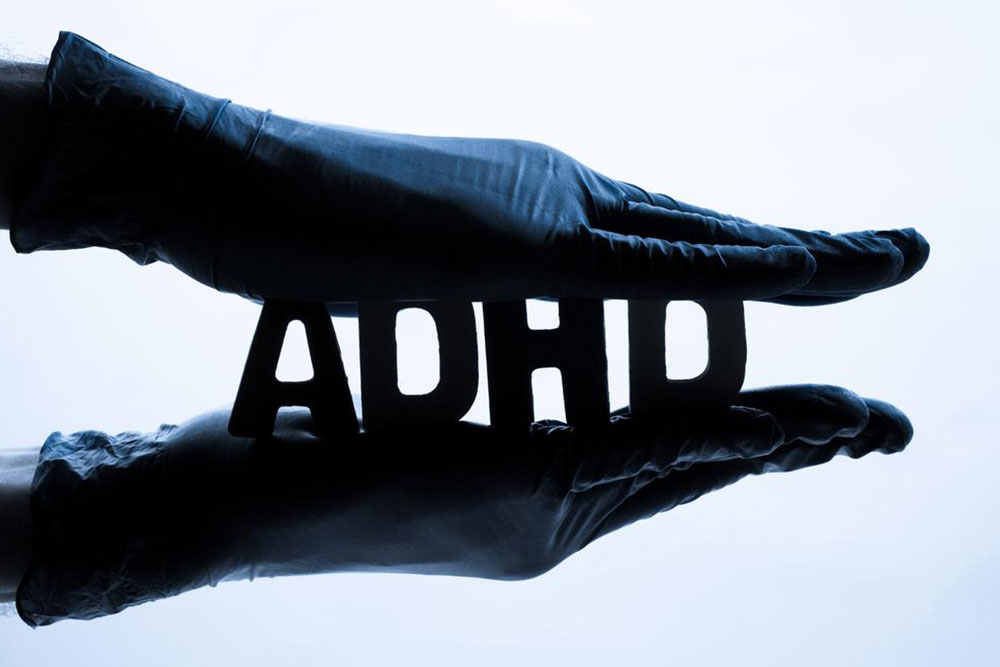Symptoms, diagnosis and treatment of ADHD
Attention Deficit Disorder (ADD) or Attention Deficit Hyperactive Disorder (ADHD) refers to symptoms like impulsivity, inattentiveness, and hyperactivity. ADD symptoms can affect both children and adults. However, the symptoms start to show in the early childhood. About five million children from 3 to 13 years of age suffer from this condition in the US.
Symptoms:
ADD has many symptoms and it differs from child to child. Symptoms can be mild or severe, depending on the physiology and the environment of the child. To diagnose a child with ADD, he or she must show at least six of the following symptoms.

Gets distracted easily
Often forgets things
Daydreams
Has trouble following instructions
Cannot concentrate on and finish tasks like chores and homework
Impatient
Blurts inappropriate comments
Finds it hard to control their emotions
Often loses school supplies, toys, and books
Fidgets and squirms constantly
Talks excessively
Diagnosis:
There are no specific tests that can diagnose ADHD in children. The pediatrician always asks you about the symptoms and gathers some information about the same from you and your child’s teachers or caregivers. The child must be showing these symptoms for at least 6 months on regular basis for the doctor to determine ADHD using the standard guidelines provided by the American Academy of Pediatrics.
Types of ADHD:
ADHD can be broadly classified into 3 types.
Combined type: In this type of ADHD, the children are hyperactive, inattentive and impulsive. This is the most common type of ADHD.
Hyperactive type: In this type of ADHD, children are attentive, but are hyperactive and also impulsive.
Inattentive type: This was earlier known as ADD-Attention Deficit Disorder. Children with ADD are not hyperactive. They usually do not disturb the class and hence their symptoms go unnoticed.
Treatment:
The treatment for ADD and ADHD differs for every child because their symptoms also differ. The medications are given to manage the symptoms. The doctor decides what medication and counseling work for your child. A child’s parents and teachers play a crucial role in managing his or her symptoms. Medication controls the symptoms and helps to tackle the problems caused by the symptoms like losing things, getting distracted and being hyperactive. Medications stimulate your child’s brain and help to think straight.
Cognitive Behavior Therapy (CBT):
You doctor will prescribe CBT to help the child manage the symptoms. This therapy teaches:
How to manage time
How to control emotions
How to handle stress
How to avoid taking risks
As time progresses, symptoms change. Accordingly, your counselor and the doctor will change the treatment and counseling.

